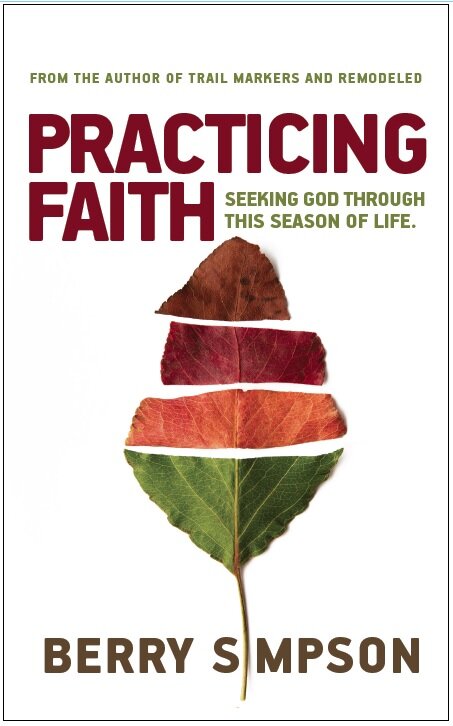Trajectory Changers
/“If you could see your whole life laid out in front of you, would you change things?” (from the movie, Arrival)
Anniversaries
I’ve already written how 2018 is an anniversary for me, 40 years since I started running, and 50 years since I started music; and today for some reason I started looking at my timeline, at other “8” years, to see what I could find. (Yes, I have a family timeline that goes back to 1956, and yes it is on an Excel spreadsheet, and yes I am proud of it even if Cyndi rolls her eyes when she pretends to be interested in it.) I wrote these down on a napkin my fine-dining restaurant furnished for note taking:
1968 – began trombone
1978 – began running
1988 – began writing for the public
1998 – began publishing Journal Entries
2008 – began post-government life
2018 – too soon to know
I didn’t start any of these thinking they would become life, identity, or fulfillment of heart and soul. In each year, I did lots of things, some of them I quickly dropped, others I still do, but none had the defining effect as these.
Trajectory
I doubt we ever know when we’ve made a life-changing decision, outside of getting married and all that. Most of the events that permanently changed the trajectory of our life were small bumps when they happened. It is only in retrospect that we appreciate what they became.
For example, I didn’t start playing trombone in 1968 because I intended to live a lifetime in music. I was in Kermit Junior High School, and my choices for electives were shop, choir, or band. I chose band. It took years before anyone thought I might become a musician. I wasn’t very good.
I didn’t start running in 1978 thinking it would become part of my identity, much less the title of my first book. Nothing in my life up to that point would have encouraged anyone anywhere to think I would ever do anything athletic. I started running out of desperation, hoping to win the heart of a girl. But I never stopped running, kept running, did a few marathons, added cycling, hiking, and backpacking. It’s true, I also got engaged to Cyndi in 1978 and maybe you think that should be my marker for the year, but in retrospect engagement seems more inevitable than running.
My first writing for public readership was in 1988 when I became the president of the Permian Basin Road Runners Club, and one of my duties was to write a column for the monthly newsletter. I learned I loved to write stories about running and racing and traveling and suffering, and that I could make it funny and entertaining. After my term as president ended, I volunteered to become the newsletter editor so that I could keep writing stories for other people to read. I didn’t want to stop.
By 1998 I was hungry to write about spiritual insights, but I didn’t have an outlet. And then through a set of unfortunate events I started emailing essays to friends, which soon became my weekly Journal Entries, which now exist in the form of these blogs. I love writing. I love telling stories. I love sharing what I learn. In fact, love might not be the best word to use – maybe compelled, or obligated.
2008 was the beginning of my post-government life. After 12 years serving on the Midland City Council, I lost an election and was tossed out onto the street. I had to redefine adulthood for myself. What would I do that was important? Where would the weight of my life be applied? Now, our lives are so different – careers, ministries, dreams – it feels like 2008 was the beginning of Grownup Version 2.
So many things change the trajectory of our life, things we never planned, things we never saw coming, things completely out of our control or influence. However, if we want to make big changes in our lives, if we want to reboot our habits, we should intentionally move toward potential trajectory changers … let them do their work on us … and see what happens.
I recently posted a question in my closet/man-cave, one that I learned from James Altucher, “I wonder what my life would be like if I started doing all the things I’m afraid to do?”
So last spring I made a list of things to try. My plan was to commit to them for 40 days and see which ones stuck. It was a bold move for me to dive in before thinking and planning to exhaustion. I call it speculative immersion, which for me means to enter the space and let the experience, or atmosphere, or scenery, or ambiance, or history, or whatever, change me however subtle it might be. See what happens. “I wonder how different I will be after I do that?”
Big Question
How do I answer my opening question: “If you could see your whole life laid out in front of you, would you change things?”
No, I wouldn’t change anything. God used my mistakes to shape me; who knows what catastrophic decisions I might’ve made in their place.
However, I don’t mind taking a crack at changing the future, though. Care to join me?
“I run in the path of Your commands, for You have set my heart free.” Psalm 119:32






















